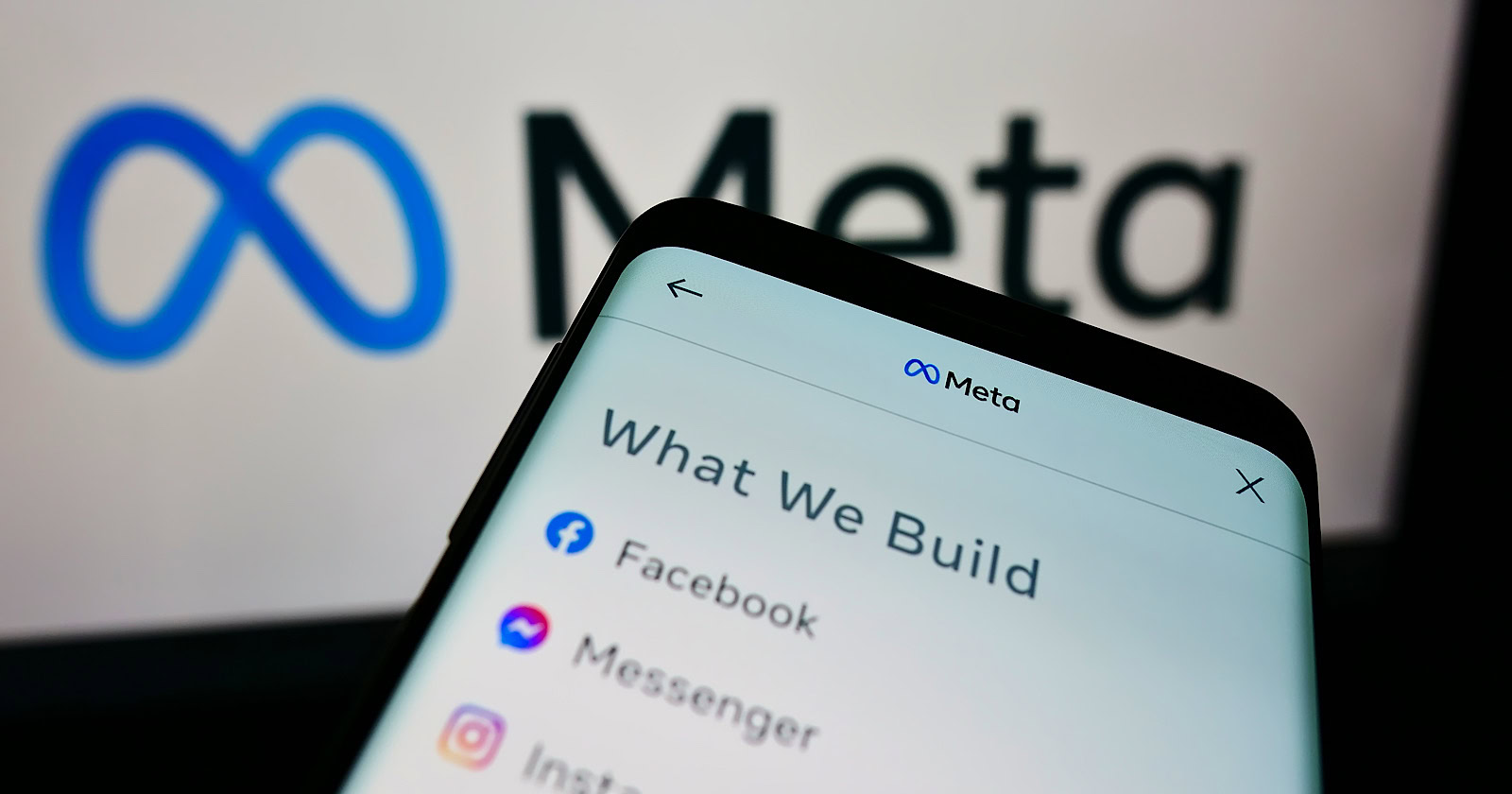Meta is encouraging advertisers to integrate their Google Analytics 4 (GA4) data with their advertising accounts.
Based on recent experimental data, the company claims this integration could improve campaign performance, citing a 22% conversion increase.
Upon logging in with your advertiser account, a new pop-up will appear. Click on the ‘Connect Google Analytics’ button to initiate the integration process.
Interesting new pop up in Meta Ads this morning, now allowing advertisers to connect their GA account. Have you seen it yet and connected yours? pic.twitter.com/stCfSQYqwl
— Akvile DeFazio (@AkvileDeFazio) July 5, 2024
Streamlined Integration Process
Key Steps for Integration:
- Use URL Campaign Builder: Use Google’s Campaign URL Builder to generate trackable links for your meta ads. This tool allows you to add UTM parameters to your URLs, providing context for traffic sources in GA4.
- Define Source, Medium, and Campaign Variables: Set up your UTM parameters with ‘facebook’ as the source, ‘paid’ as the medium, and your specific campaign name. This ensures accurate attribution in GA4.
- Add Trackable Links to Meta Ads: Incorporate your UTM-tagged links into your Meta ad campaigns in the “Website URL” field or within the ad copy.
- Measure in Google Analytics 4: Once set up, you can view Meta ad performance in GA4 under Acquisition > Traffic Acquisition, with options to analyze by session medium, source, campaign, and more.
Benefits Of Integration
By connecting GA4 data to Meta advertising accounts, marketers can gain insights into:
- How Meta ads influence website traffic and user behavior
- Cross-platform user journeys
- More accurate conversion attribution
Industry Implications
Meta’s push for GA4 integration signals a trend towards more holistic, cross-platform analytics in digital advertising.
As the industry adapts to the deprecation of third-party cookies, such integrations may become vital for effective campaign measurement and optimization.
Limitations
While GA4 integration offers valuable insights, it has limitations.
Due to privacy regulations, GA4 cannot track individual users, and its attribution models have constraints, particularly for longer sales cycles.
Also, GA4 doesn’t account for ad impressions, potentially undervaluing upper-funnel campaigns.
Some advertisers are turning to specialized (paid) attribution tools for more comprehensive tracking.
FAQ
How can GA4 integration improve campaign performance for Meta ads?
Connecting GA4 to Meta ads can improve your campaigns. Meta claims this could increase sales or sign-ups by 22%.
Using special tags in your links lets you see how your Facebook and Instagram ads affect your website visits and what people do there.
This gives you a clearer picture of how well your ads work, helping you make smarter decisions about your ad money and get better results.
What are the limitations of integrating GA4 with Meta ads?
GA4, while helpful, has some downsides. Because of privacy laws, it can’t follow individual users, making it hard to tell precisely which ads led to sales, especially for products that take a while to sell.
Also, GA4 doesn’t count the number of times an ad is shown, which might make early-stage advertising seem less valuable than it really is.
Because of these issues, some companies pay for other tools to track their ads more thoroughly.
Why is Meta encouraging advertisers to integrate GA4 with their ad accounts?
Meta is pushing for this because the old ways of tracking people online (like using cookies) are becoming less useful.
By working with GA4, Meta is trying to give advertisers a clearer picture of how their ads perform across various platforms.
This detailed information is becoming increasingly important for businesses to plan and improve their online advertising strategies.
Featured Image: Wirestock Creators/Shutterstock





![AI Overviews: We Reverse-Engineered Them So You Don't Have To [+ What You Need To Do Next]](https://www.searchenginejournal.com/wp-content/uploads/2025/04/sidebar1x-455.png)